ak diesel driver
6.5 driver
Some engine codes will put you in limp mode too IIRC
Follow along with the video below to see how to install our site as a web app on your home screen.
Note: This feature may not be available in some browsers.
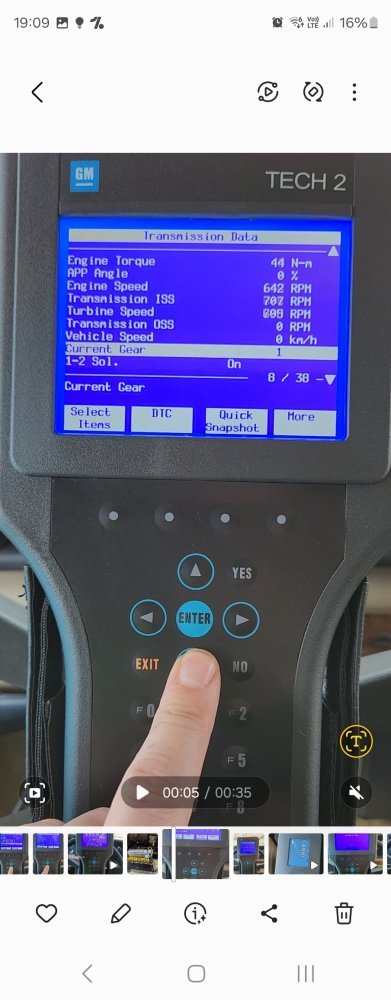
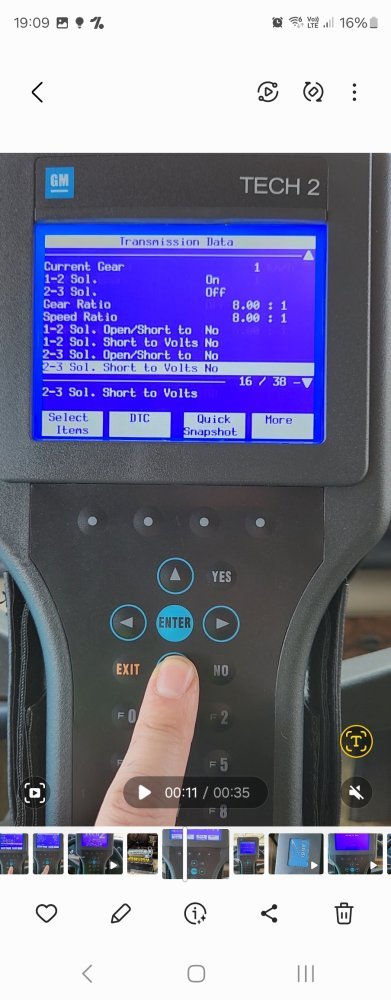
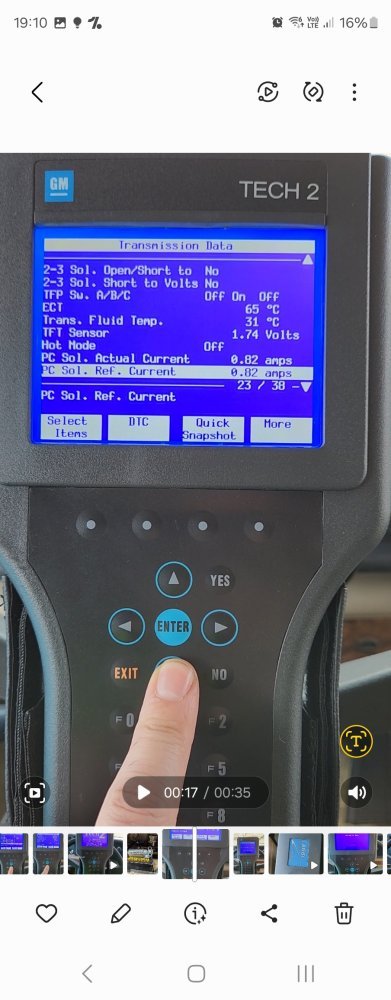
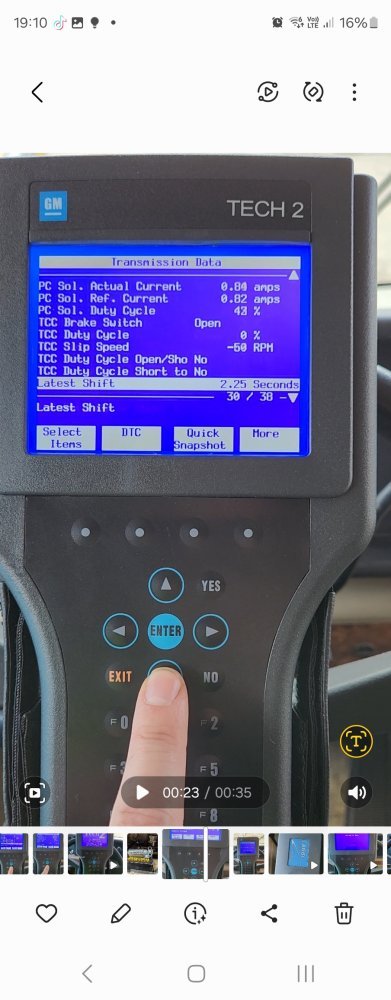
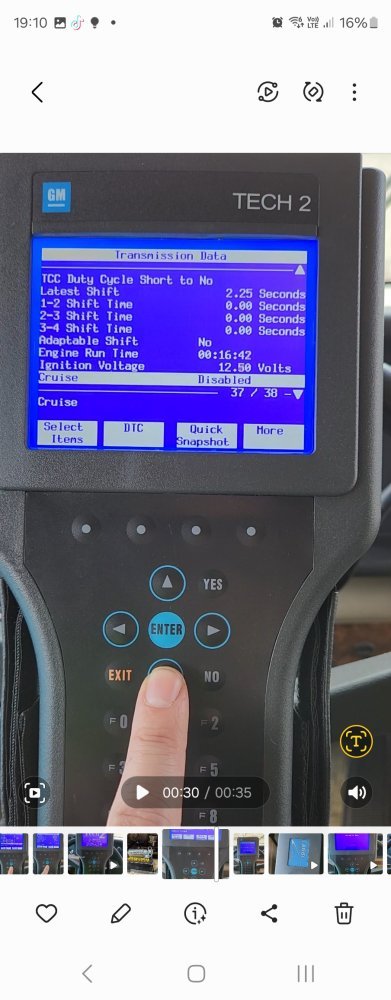
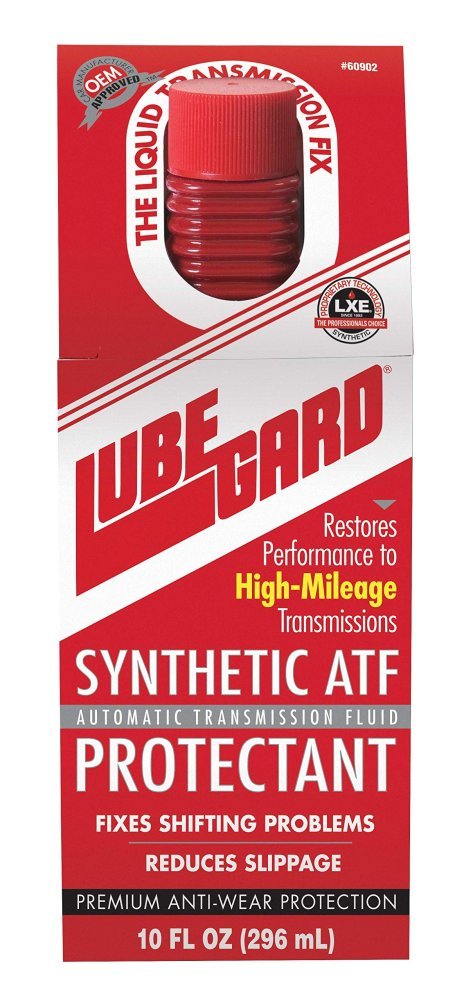
I used that on the 2014 Honda CR-VRight, success finally.
I think the additive used has done the trick. I have a feeling the internal seals had hardened whilst sitting, or a valve had stuck. Which would explain the limp mode but no electrical faults.The additive has rectified this.
I put it in to the transmission last Saturday, got the oil hot and ran it round in the yard for about 45 minutes.
Today, put it on the inspection pit. Lifted the rear axle and drove the vehicle. Shifted perfectly, no more than 1.5 seconds from ecu shift to physical shift, nice and smooth. Even the coming off the gas to get the shift from 1 to 2 has gone. Stunned that something so simple has fixed the issue. But relieved. Thanks for all your advice and guidance!View attachment 87348
There are so few here and knowledge is very limited, my plan is to get it back working and on the road, before moving in with the family and travelling full time around Europe.
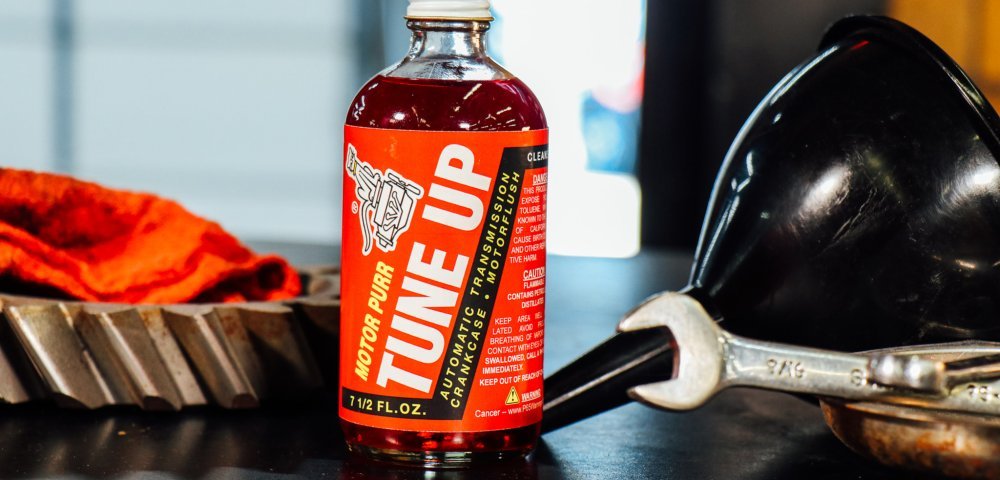
Wow- if you can’t find transmission people that can do the 4l80e- that is insane!
As a fairly competant mechanic, id like to think theres no job I couldn't do on the engine. In terms of auto transmissions, I have limited experience. But having watched a couple of strip downs and rebuilds on YouTube, theres nothing there i'd struggle with. Fortunately, I've plenty of experience of working outside of workshops, although I get the limitations that has and finding a workshop to use will have its difficulties.I think you need a reality check. You expect about the 2nd worst Light Duty Diesel Engine GM ever made, to follow up on the actual all time worst the Hand Gernade Oldsmobile Diesel Disaster that put Lemon Laws on the books here, to hold together and run? Worse minor problems will strand you with ZERO local knowledge to get you moving again. Big problems require a lift to remove the blown engine or transmission.
Yes, Bad Plan! I suggest you change the transmission oil and filter, pan drop, to help the next owner out and sell it. Then buy something that's better known and able to be fixed in your area of travel. Transmission is varnished or rusted up and has less than 50/50 odds of going any distance. One sticking valve for seconds is enough to burn a clutch pack clean out. It's given you a clear warning.
Here is an ultimate build of a rig like yours. Some of his trips ended in RV: Ruined Vacation because of major mechanical problems pushing distances needed to be towed to repair it here in The States.
6.5L TD Motorhome repair/repower
Well here we go. It's been almost a year 6/17/13, that my motorhome let me done and I broke my leg 2/23/13. Now, my leg has healed and I'm finally getting to the motorhome repair. Here's the thread, for those that don't know or don't remember...www.thetruckstop.us
After going through all that effort, time, and expense ... it had a electrical problem or something and caught fire to ruin.
So, I've now got Tech 2, I've got ATSG manual for the 4l80e and I've watched loads of rebuilds on YouTube. That was my next port of call, if the Lube Gard didn't work. I had a chat with a guy who rebuilds the 4l80e, he said he was 99% certain it was just a seal that had hardened causing my issues, he had seen it before when vehicles had sat for a long time.Wow- if you can’t find transmission people that can do the 4l80e- that is insane!
One of the top 5 most popular used transmissions across platforms in the world.
All the gm uses, jaguar, Rolls Royce, Mercedes, and more used this transmission.
You either need to afford buying a complete brand new unit from some place like a GM dealership in the US, Summit Racing, or similar. Then make sure the temperature stays under 190°f the entire time for long life.
OR-
Sell it and get something that can be worked on locally.
Last option-
Learn to rebuild it yourself. Sit down on YouTube and start watching. Buy the actual training books and study them. Buy the required specialized tools and computer.
Thanks for the recommendation. I'll grab a bottle. I've got a new filter coming and had already replaced the oil. But was going to replace the oil again, along with the filter.[/URL]I love your analogy @WarWagon.
Yes @benh84 you might want to consider dropping the trans oil pan and doing a fluid and filter change depending on what you find in the pan.
keep in mind that you want to use only Dextron III (3) nothing else. even if your are told that Dextron 6 is better, not for these transmissions. dex 6 will thin out when it gets hot.
What I have seen folks here do on trans that might have old varnish or sticking valves is dump a bottle of whats called motor purr in the trans, then go drive the crap out of it forcing it into passing gear multiple times forcing the fluid to get moving through all areas of the trans, then bring it back in and change the fluid and filter. it's not a fix all but only a "Hail Marry" hope it does the job. In your case with a motor home that has low mileage, your odds I would think are in your favor.
View attachment 87364
How did you get on with using it on the Honda? The guy who recommended it to me was pretty specific with it.I used that on the 2014 Honda CR-V
Worked great on the Honda.How did you get on with using it on the Honda? The guy who recommended it to me was pretty specific with it.
As a fairly competant mechanic, id like to think theres no job I couldn't do on the engine. In terms of auto transmissions, I have limited experience.